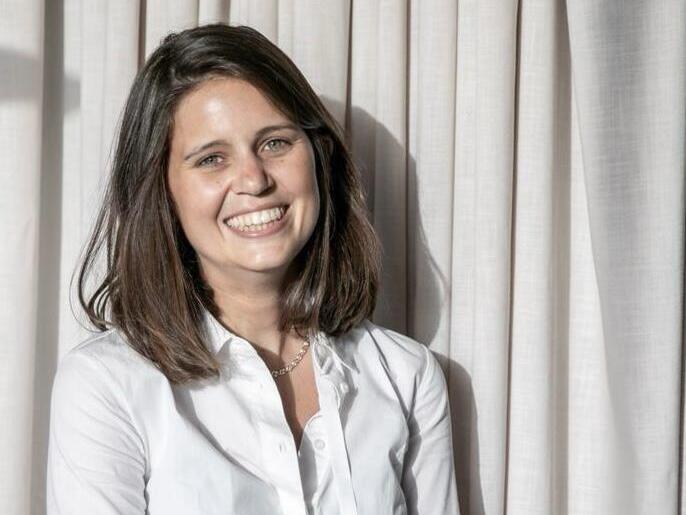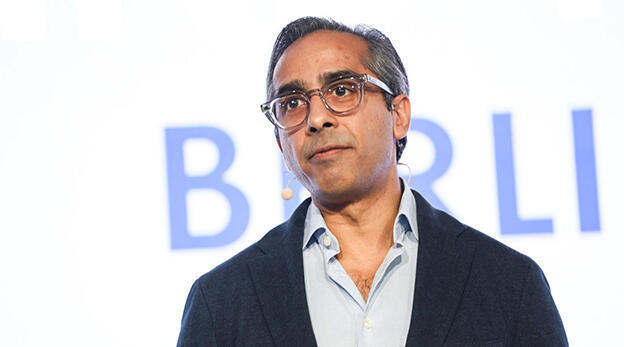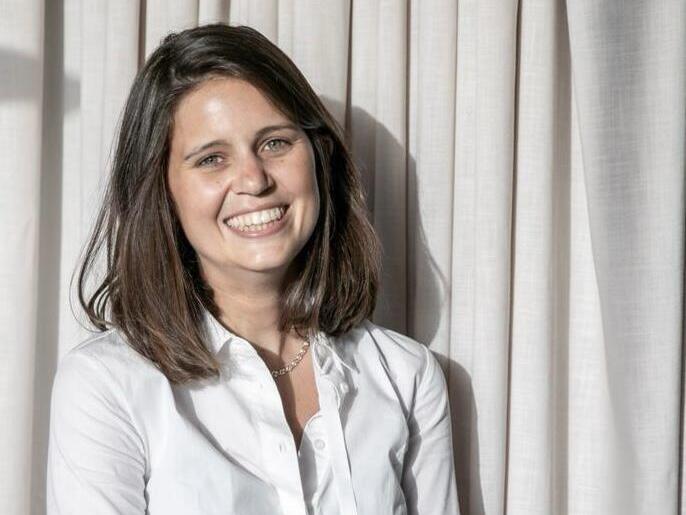
Opinion
Thinking outside the box: How innovation communities have become the key to success
"Innovation communities are much more than a management tool—they embody an organization’s commitment to changing not just how it operates, but how its people think and act. In a world that is evolving so rapidly, innovation is no longer a matter of choice—it is a matter of survival," writes Sharon Goldberg, a Catalyst Director at the Israel Innovation Institute.
At home, on the road, in shopping malls, and everywhere else, innovative technologies are transforming how we pay and move. The world is evolving rapidly, and much like in Alice in Wonderland, to stay in place, one must run fast. New technologies, global trends, and increasing competition make innovation more essential than ever. While tech companies inherently embrace creativity within their organizational strategies, traditional industries—such as banking, infrastructure, and even government offices—often struggle to bridge the gap. Routine operations, hierarchical structures, and a fear of change create work environments that resist innovation.
The challenge is clear: how can an organization foster a culture of innovation when its employees do not necessarily come with an entrepreneurial mindset? The answer lies in establishing internal frameworks that empower employees to actively participate, contribute, propose solutions, and, perhaps most importantly, highlight challenges. Innovation communities serve as a key tool in addressing this challenge. They not only establish structured processes and provide mechanisms for driving organizational innovation but also transform how employees perceive their roles within the company.
Professor Yael Parag from Reichman University introduces the Middle Players model, which describes processes that are not initiated from the top down or the bottom up but rather by mid-level players within the organization or industry. These individuals bridge gaps between different teams and management levels. The advantage of middle players lies in their dual access—on the one hand, they have resources, and on the other, they can rally employees from various levels of the organization. Internal innovation communities function in precisely this way: they serve as intermediaries between management and employees, enabling a two-way flow of knowledge and innovation. They accelerate technology adoption, reduce barriers, and enhance employee engagement, fostering a culture open to experimentation and learning. As a result, they help turn innovation from an abstract concept into widespread implementation, shaping the company’s strategy from the inside out rather than imposing change from above.
Traditional organizations are beginning to recognize the need for similar processes. One leading bank, for example, established an internal innovation community after realizing that real transformation must start from within. The process began with the careful selection of employees from diverse departments to form a working group that reflects the organization's spirit and challenges. The community’s initial meetings included learning workshops, discussions, and case study presentations. Alongside theoretical learning, participants also worked on refining challenges and developing practical solutions.
One of the most surprising aspects of the process was the extent to which employees embraced change. Instead of feeling like small cogs in a vast machine dictated from above, they realized they had a voice that could make an impact. Employees from different departments suddenly collaborated to propose solutions that transformed the organization’s operations.
Such processes highlight the importance of developing a new organizational language. This is not merely an operational tool for improving efficiency—it represents a fundamental shift in perception that influences employees’ sense of belonging. Employees are given the opportunity to shape processes and become true partners rather than just executors of instructions.
Of course, integrating innovation into traditional organizations is no simple task. It requires investment, patience, and management’s commitment. However, when employees feel they are part of the change, they become not only more productive but also more engaged and creative. In turn, the organization gains valuable insights from the people who experience its challenges firsthand.
Ultimately, innovation communities are much more than a management tool—they embody an organization’s commitment to changing not just how it operates, but how its people think and act. In a world that is evolving so rapidly, innovation is no longer a matter of choice—it is a matter of survival.
Sharon Goldberg is a Catalyst Director at the Israel Innovation Institute.














